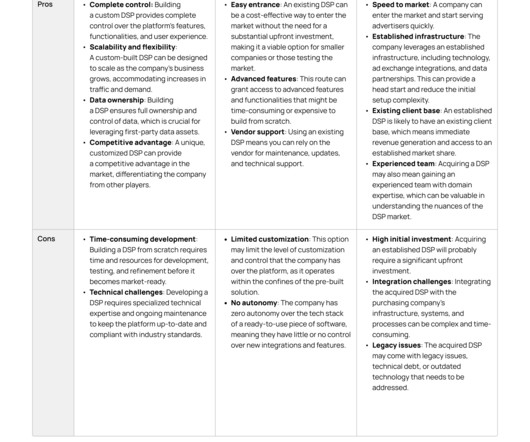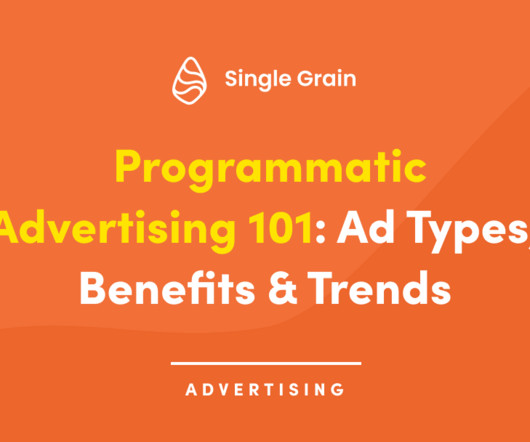The Ultimate Guide to In-App Advertising for Publishers
Brid.tv
DECEMBER 20, 2022
Between the two stand mobile ad networks and exchanges , which act as intermediaries. So what does the process of mobile advertising actually look like? For instance, you can offer a free, ad-supported version of the app, along with a premium, ad-free version for paying customers. Banner Ads. Japan $10 $5.6












Let's personalize your content